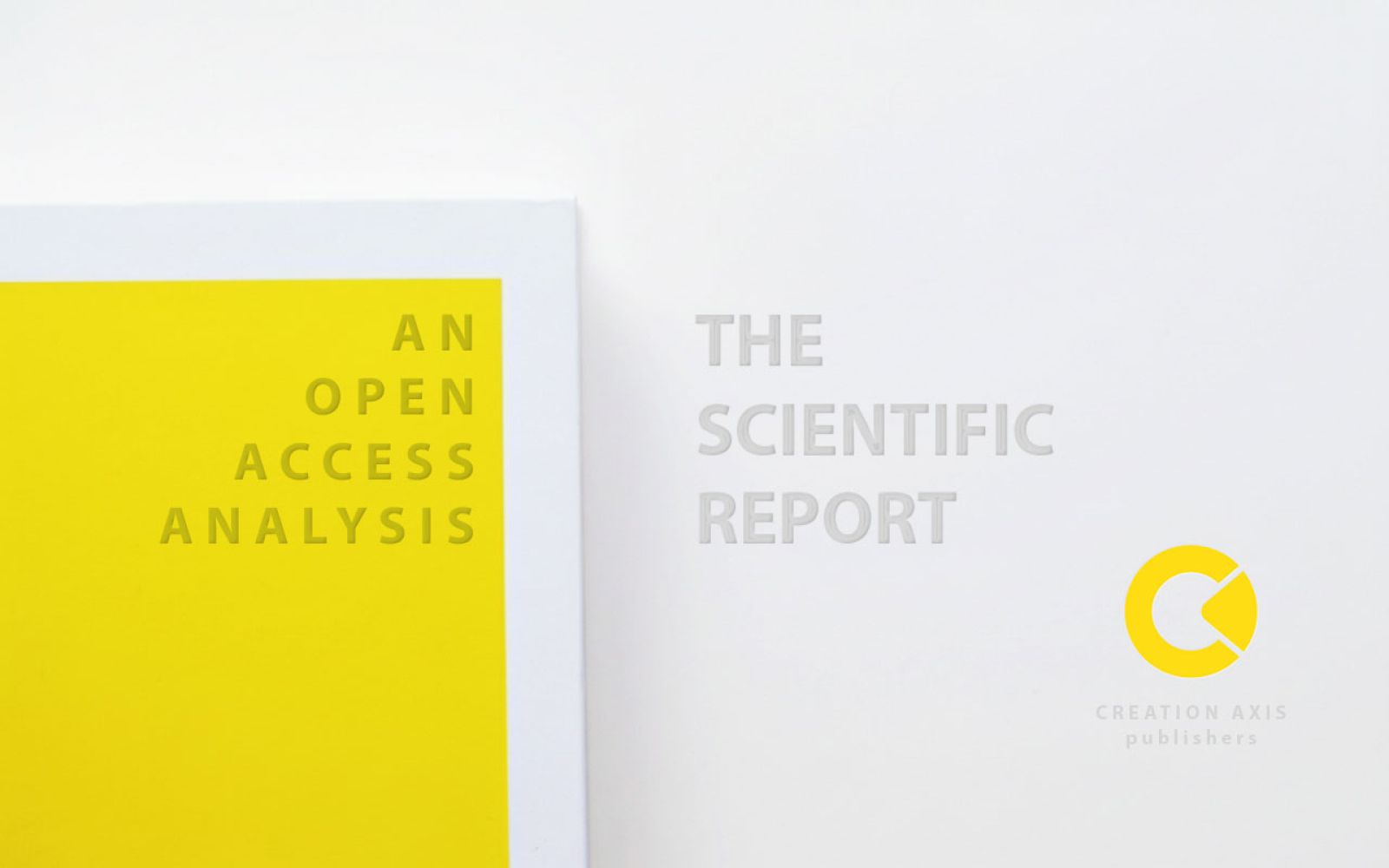
Ever felt that strange, hollowed-out feeling after a big loss? Whether it was a breakup, losing a job, or the death of a loved one, grief has a way of making you feel like you’re losing your mind.
Good news: You’re not broken, and you’re not going crazy.
What you’re feeling is a powerful and very real biochemical process happening inside your brain and body.
🤯 You’re foggy, your emotions are all over the place, and you might even feel physically sick. Think of me as your coach. We’re going to peek under the hood, understand the science of why you feel this way, and then I’ll give you a clear, no-BS game plan to start healing.
Your Brain’s Grief Cocktail: The Science Bit 🧪
Right now, your brain is basically a nightclub where the wrong DJ took over. The “feel-good” chemicals have left the building, and the “stress” chemicals are having a rave.
-
-
- The Stress Crew (Cortisol & Norepinephrine): Imagine your body’s emergency alarm is stuck in the “ON” position. That’s Cortisol. It’s flooding your system, making you feel anxious, jumpy, and unable to sleep. It’s why every little thing feels like a major threat right now.
- The Connection Crew (Dopamine & Oxytocin): These are your “reward” and “hug” chemicals. Dopamine is what makes you feel pleasure and motivation—it’s the chemical hit you get from a great conversation or nailing a level in a video game. Oxytocin is the “hug hormone” that makes you feel connected to your squad. When you experience loss, the levels of both of these chemicals plummet. The result? Nothing feels fun, and you feel deeply, painfully alone.
-
A Tug-of-War Inside Your Head 🧠
Your brain itself is in a literal conflict. Two key parts are fighting for control, and it’s making your head feel like a browser with way too many tabs open.
- The Drama Llama (Your Amygdala): This is the emotional, reactive part of your brain. During grief, it’s on high alert, screaming “DANGER!” at everything. It’s the source of those sudden waves of panic, anger, and deep sadness.
- The Adult in the Room (Your Prefrontal Cortex): This is the logical part of your brain responsible for decision-making and calming the Drama Llama down. The problem? The stress cocktail of grief basically takes the Adult offline. It’s overwhelmed and can’t do its job properly.
This internal tug-of-war is why you feel so foggy, why you can’t focus, and why you might make questionable decisions. Your emotional gas pedal is floored, and your logical brakes are out of commission.
Your Game Plan: 3 Steps to Start Healing Today
Action Step 1: Reboot Your System (Mindfully) 🙏
- What to do: Just breathe. Seriously. Find a quiet spot and try this for just 60 seconds. Inhale slowly for a count of four, hold for four, exhale slowly for a count of six. Repeat.
- Why it works: Controlled breathing is like a secret weapon. It manually turns down the “Drama Llama” (amygdala) and helps bring the “Adult in the Room” (prefrontal cortex) back online. It tells your nervous system that you are safe, forcing the stress alarm to quiet down. It’s a workout for your brain’s regulation center.
- Your mission: Do this once a day. That’s it. Put a reminder on your phone if you have to.
Action Step 2: Call in Your Support Squad 📲
- What to do: Reach out to one person. A friend, a family member, a therapist. Send a text. Make a call. You don’t need to have a deep conversation. Just make a connection.
- Why it works: Remember that “hug hormone,” Oxytocin? Positive social interaction releases it. Oxytocin is a natural antidote to the stress hormone Cortisol. It literally helps your body calm down and feel safe. Connection is a biological need, not a sign of weakness.
- Your mission: Send one text right now that says, “Hey, been having a tough time. Thinking of you.”
” You’ve been through something immense, and your body and brain are working overtime to process it. Be patient with yourself. Healing isn’t a straight line—it’s a messy, looping journey. But by understanding the science and taking these small, deliberate steps, you are actively rewiring your brain and taking back your power. “
Action Step 3: Do One Small Thing ✨
- What to do: Pick one small, manageable activity and do it. Tidy one corner of your room. Listen to one favorite song from start to finish. Take a 10-minute walk outside. Complete one level of a simple game.
- Why it works: This is about rebooting your Dopamine (reward) system. Your brain has forgotten what it feels like to accomplish something and get that little “ping” of satisfaction. A tiny win creates a tiny burst of dopamine, reminding your brain that feeling good is still possible. It builds momentum.
- Your mission: Pick one thing from this list (or your own) and do it before the end of the day. You’ve got this. 💪

American Psychological Association. (2022, February 15). How grieving changes the brain, with Mary-Frances O’Connor, PhD [Audio podcast episode]. In Speaking of Psychology. https://www.apa.org/news/podcasts/speaking-of-psychology/grieving-changes-brain
Baron, A. E., & Côté, S. (2018). An evolutionary account of vigilance in grief. Evolutionary Psychological Science, 4(1), 1–13. https://doi.org/10.1007/s40806-017-0109-1
Becker, C., Taniyama, Y., & Kono, T. (2022). How grief, funerals, and poverty affect bereaved health, productivity, and medical dependence in Japan. OMEGA – Journal of Death and Dying, 85(1), 168–191. https://doi.org/10.1177/0030222820961131
Block, S. D. (2012). Treating bereavement. AMA Journal of Ethics, 14(6), 456-461. https://doi.org/10.1001/virtualmentor.2012.14.6.pfor2-1206
Boelen, P. A. (2006). A cognitive-behavioral conceptualization of complicated grief. Bereavement Care, 25(1), 8-11. https://doi.org/10.1080/02682620608657644
Bui, E., et al. (2012). Pharmacological approaches to the treatment of complicated grief: Rationale and a brief review of the literature. Dialogues in Clinical Neuroscience, 14(2), 149-157.(https://doi.org/10.31887/DCNS.2012.14.2/ebui)
Bülow, P. (2023). The neuroscience of grief. Journal of Scientific Exploration, 10(4). https://www.josha-journal.org/download_pdf/the-neuroscience-of-grief?locale=en
Click2Pro. (n.d.). The stages of grief: Brain, body, and the science behind loss. https://click2pro.com/blog/stages-of-grief-brain-body-science
Coppola, G., Garieri, G., Fasano, A., & D’Aniello, A. (2013). The 5-HTTLPR promoter polymorphism of the serotonin transporter gene and adult unresolved attachment. Developmental Psychology, 49(7), 1251–1256. https://doi.org/10.1037/a0029311
Doering, B. K., & Eisma, M. C. (2016). Treatment for complicated grief: State of the science and ways forward. Current Opinion in Psychiatry, 29(5), 286-291.(https://doi.org/10.1097/YCO.0000000000000267)
Duffy, M., & Wild, J. (2023). Living with loss: A cognitive approach to Prolonged Grief Disorder- incorporating complicated, enduring and traumatic grief. Behavioural and Cognitive Psychotherapy, 1-13. https://www.neuroscience.ox.ac.uk/publications/1332788
Fagundes, C. P., Brown, R. L., Chen, M. A., Murdock, K. W., Saucedo, L., LeRoy, A. S.,… & Heijnen, C. J. (2018). Grief, depressive symptoms, and inflammation in the spousally bereaved. Psychoneuroendocrinology, 97, 150-153. https://doi.org/10.1016/j.psyneuen.2018.07.011
Feeling Good Institute. (2015). Cognitive behavioral therapy for prolonged grief disorder: Research brief. Feeling Good Institute Blog. https://feelinggoodinstitute.com/blog/cognitive-behavioral-therapy-for-prolonged-grief-disorder-research-brief

Enthusiast decoder on the “why” behind human behavior. I don’t just study the mind, but build compelling worlds for it to explore.
.
Newsletter
The Source Report
-
Audio Overview:
07:36 minutes
-
Reading Length:
13:23 minutes
-
Publisher:Creation Axis
-
Release:Summer 2025

















